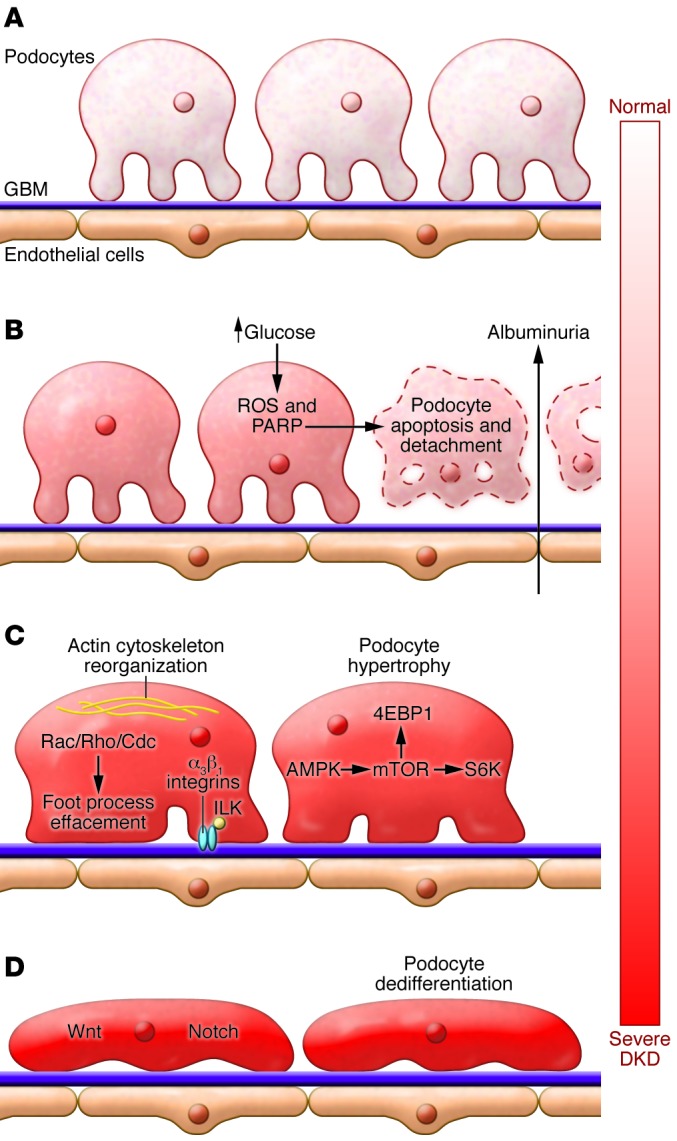Figure 3. The central role of podocytes in DKD.

(A) Podocyte foot processes, the GBM, and endothelial cells form a tight filtration barrier in the glomerulus. (B) Podocytes are lost due to apoptosis and detachment. Hyperglycemia-induced ROS release and PARP activation plays an important role in the process. (C) The remaining podocytes enlarge, reorganize their actin cytoskeleton, and spread (foot process effacement) to cover the GBM. Podocyte foot process effacement is associated with the activation of small GTP binding proteins (Rho, Rac, Cdc) and integrins. AMPK and mTOR activation contribute to podocyte enlargement. 4EBP1, 4E binding protein 1; ILK, integrin-linked kinase. (D) Increased, sustained activation of developmental pathways, Notch and Wnt, and canonical β-catenin activation cause loss of expression of markers associated with differentiated cell types (dedifferentiation).
